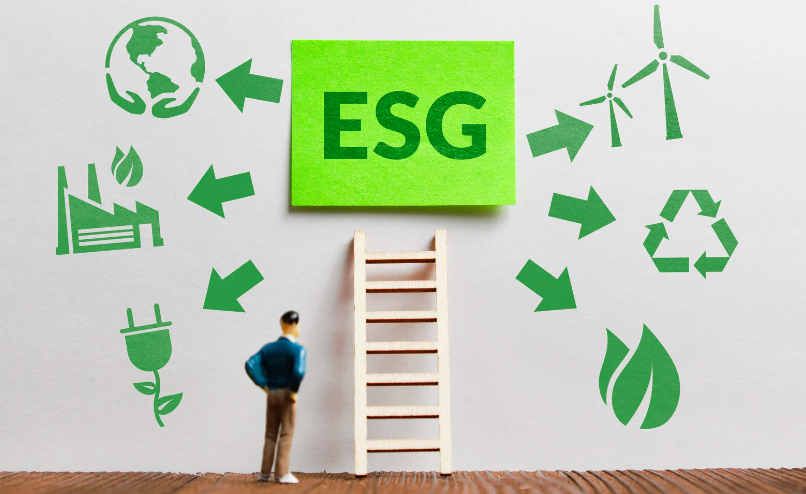Latin America and the Caribbean have seen a greater share of U.S. development assistance during Joe Biden’s administration, which has had a notable impact on the environmental sector, elevating it from third to second place in budget allocation, according to a BBVA report.
While the government and civil society sector has held the top spot for assistance to Latin America and the Caribbean under both Donald Trump and Joe Biden, environmental assistance has risen from third to second place in terms of the proportion of funding allocated during Biden’s administration.
Differences can also be seen between the Trump and Biden administrations regarding the purposes for which environmental assistance has been allocated.
Trump focused more on agricultural policy activities, rural development, and water, whereas Biden has placed greater emphasis on biodiversity.
For instance, environmental protection policies were dominant in both administrations, but this focus is more pronounced under Biden, who has allocated 59.4% of environmental assistance to this area, over 10 percentage points higher than his predecessor. Under Trump administration, environmental protection policies received 48.5% of environmental assistance, the bank adds.
Another noteworthy point is that during Trump’s presidency, agricultural policy and rural development (including activities such as promoting agroforestry systems and food security) had a larger share of environmental assistance, with 38.2% allocated to this purpose. Along with water and sanitation activities, which accounted for 8.9% of environmental aid, these two areas together comprised 47.1% of assistance in this sector.
Under Biden, the share of agricultural policy and rural development has decreased to 18.1% of environmental assistance. In contrast, funding for biodiversity, which was in fourth place under Trump, has risen to third place under Biden, accounting for 9.6% of environmental assistance. Multisectoral aid has also gained more importance under Biden, representing 6.6% of environmental assistance, while the proportion focused on water and sanitation has decreased from 8.9% under Trump to 4.1% under Biden.
Regarding the distribution by country in Latin America and the Caribbean, during Donald Trump’s administration, four countries accounted for two-thirds of the aid in this sector: Haiti (20.2%), Colombia (16.2%), Guatemala (14.3%), and Honduras (7.4%).
Under Biden, six countries now represent two-thirds of environmental assistance: Colombia, which has risen to first place with 17.6%; Guatemala, which has moved from third to second place with 11.6% of aid; Haiti, which has dropped from first under Trump to third under Biden with 11.5%; Honduras, which remains in fourth place with 10.2% of assistance in this sector; Brazil, which under Trump was in seventh place, now rises to fifth with 6.9%; and finally Mexico, which has moved from eighth place under the Republican administration to sixth, representing 6.4% of aid for the sector.
Overall, U.S. aid to the region is distributed as follows: 29.7% for Government and Society sectors, 18.6% for Environmental Assistance, 12.1% for Emergency Response, and 11% for Conflicts, Peace, and Security.
Countries Receiving the Most Aid Across All Sectors
Donald Trump provided the most assistance to Colombia, with 33.2% of aid received, followed by Haiti with 15.5%, and Mexico in third place with 10.4% of the total received. Hemispheric projects, those involving participation from Latin American and Caribbean countries along with counterparts in North America, accounted for 7.3%, while Peru ranked fifth with 5.9% of the assistance received.
Biden, on the other hand, has prioritized hemispheric projects in general, with 31.5% of aid provided so far by his government to the region. Colombia follows in the next position, with a 17.7% share, ahead of Haiti (9.6%), Guatemala (5.3%), and Honduras (4.7%).
Thus, Mexico has dropped from third place in aid received under Trump to sixth place during Biden’s administration, mainly due to increased focus on Central America, with Guatemala and Honduras in the current administration. Another point to highlight is the reduction in Colombia’s share, which under Trump represented 33.2% of the aid received in the region, while under Biden, it has almost halved to 17.7% of the total disbursed to Latin America and the Caribbean.



